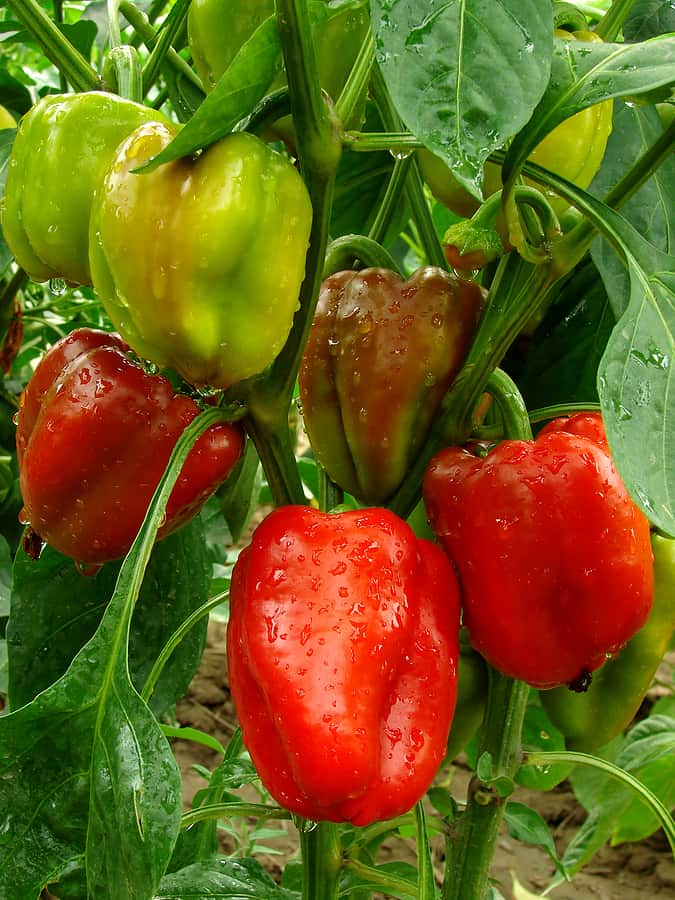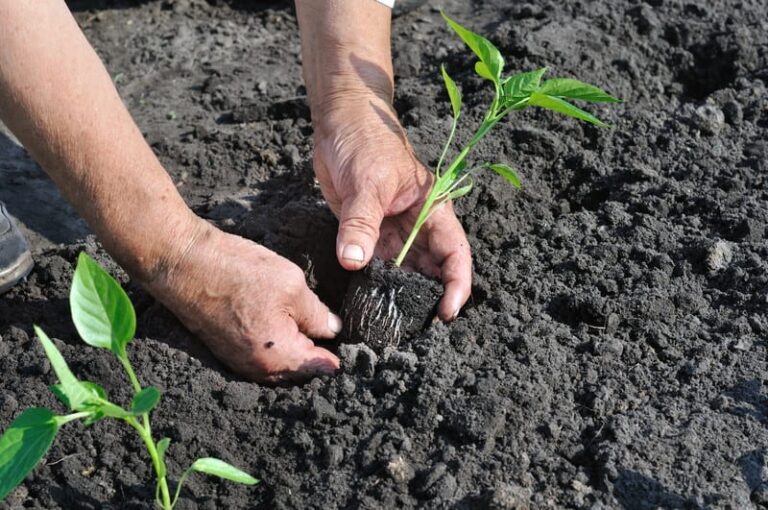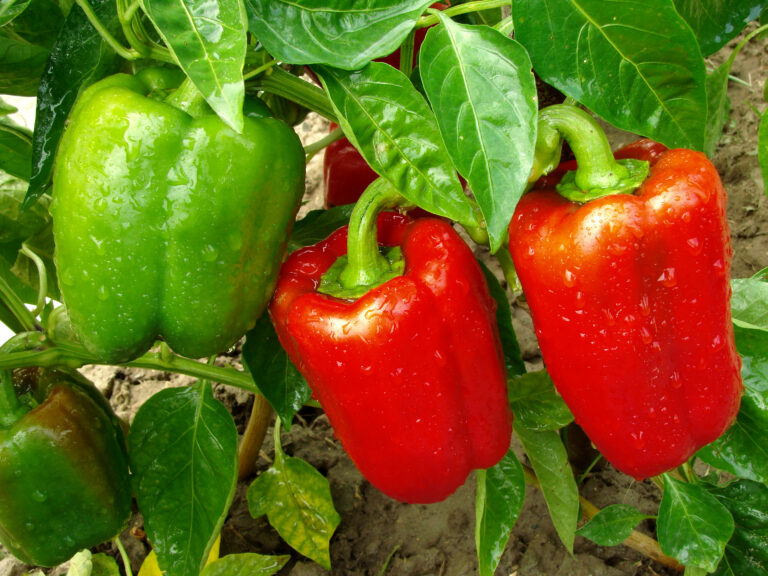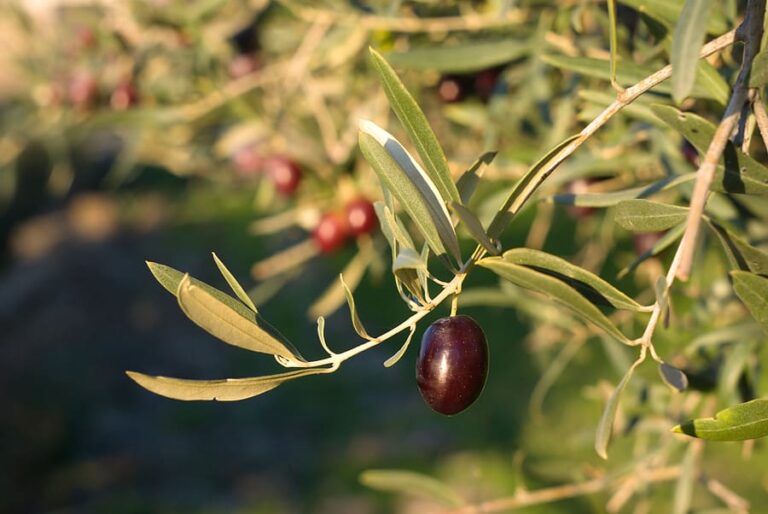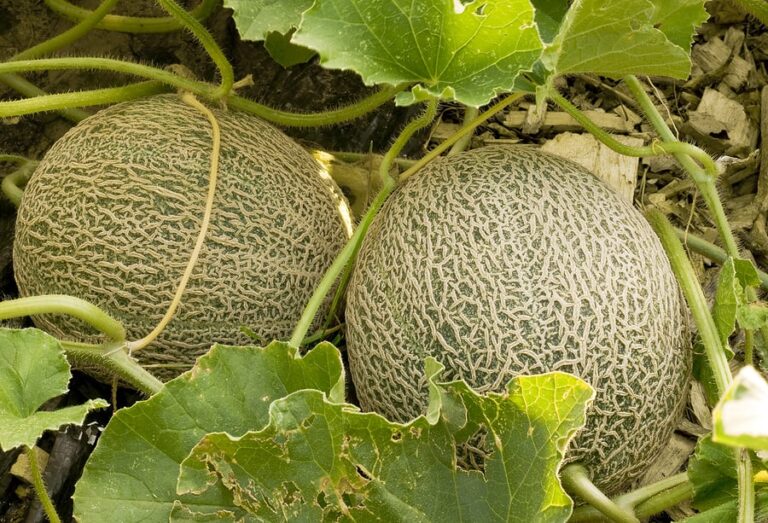How to Harvest Sweet Peppers for the Best Flavor
After years of growing sweet peppers in my garden, I’ve learned that the perfect harvest timing makes all the difference in flavor. Picking too early can leave peppers tasting bland, while waiting too long might result in an overripe, less crisp texture. Through trial and error, I’ve discovered the ideal signs that indicate when sweet peppers are at their peak sweetness and crunch. In this guide, I’ll share my firsthand experience with harvesting sweet peppers at the right stage—ensuring you get the richest flavor from every pepper you pick. Whether you’re growing bell peppers, Italian frying peppers, or sweet snacking varieties, I’ll walk you through the best techniques for harvesting and preserving their fresh, homegrown taste.
Peppers can be harvested as soon as they are large enough to eat.
Most mild and hot peppers take at least 70 days from transplanting to reach edible size and another 3 to 4 weeks to reach maturity. Some hot peppers take longer.
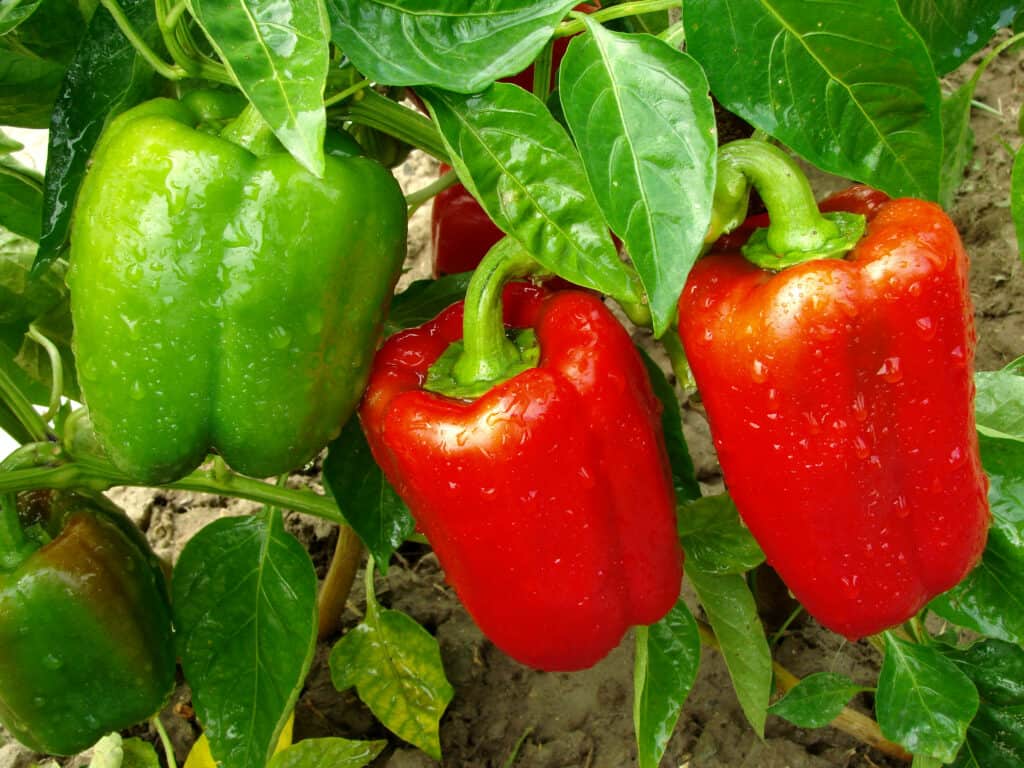
If you know the variety of pepper you are growing (check the plant tag or seed packet), you can mark a calendar at planting time to know about when the fruit will reach maturity and harvest. If you don’t know the variety you are growing, you can harvest when the fruit reaches the desired size and color.
When to Harvest Sweet Peppers
- Peppers can be harvested as soon as they are large enough to eat.
- Mild peppers and hot peppers can be harvested when they reach full size and are fully colored, or they can be harvested as soon as they reach a usable size. Peppers can be eaten at just about any stage of development.
- Mild peppers commonly get sweeter as they mature. Hot peppers commonly get hotter as they mature.
- You can harvest peppers when they are green, yellow, orange, purple, brown, or red. Most peppers are green when they are young and red when fully mature. Harvest peppers when they are the size and color you want.
- All peppers start out green and turn color as they mature. Red, green, and yellow bell peppers will start out green but turn color as they mature. Most hot peppers will turn red when mature but can be eaten green.
- Harvest all peppers when the fruit is firm. Peppers that stay on the plant past maturity can still be used as long as the fruit is firm.
- The more often you cut fruit, the more the plant will blossom and produce.
- When a frost or freeze is forecast, harvest all of the peppers remaining on the plant. Use the large peppers and compost the small ones.
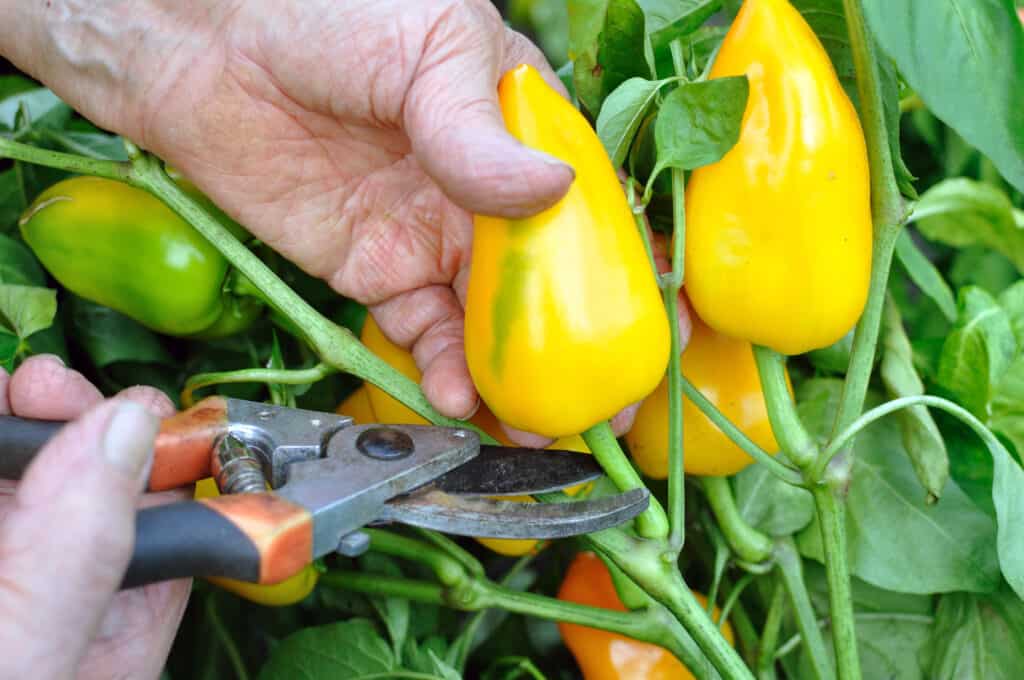
Sweet peppers can be picked when immature or full size, green or red–as soon as they are big enough to use. Pick all peppers before the first light frost. Sweet peppers become sweeter when they change colors; hot peppers become hotter when they change colors. Both increase their vitamin A and C content with ripening.
Most peppers will eventually turn red if left on the vine; some types turn orange, yellow, or brown-purple.

How to Harvest Sweet Peppers
Use a sharp knife or pruners to harvest peppers. Pulling peppers away from the plant can cause branches to break or tear and leave the plant vulnerable to disease. Leave some of the stem attached to the pepper when cutting fruit.
A good pepper harvest practice is to harvest some peppers to serve green and let others mature to red or full color on the vine. This will give you a mix of flavor, heat, and nutrition. Fully ripe and immature peppers can be served fresh together. Harvest peppers when they are the right size for your use.
- Cut peppers from the plant with a pruning shear or knife. Leave a short stub of stem attached to the fruit. Do not pull peppers from the plant by hand; this can result in broken branches.
- Use gloves when you harvest hot peppers to protect your skin. Hot peppers contain capsaicin oil which can burn the hands, eyes, nose, and mouth.
Pepper growing tips can be found at How to Grow Hot Peppers and How to Grow Sweet Peppers.
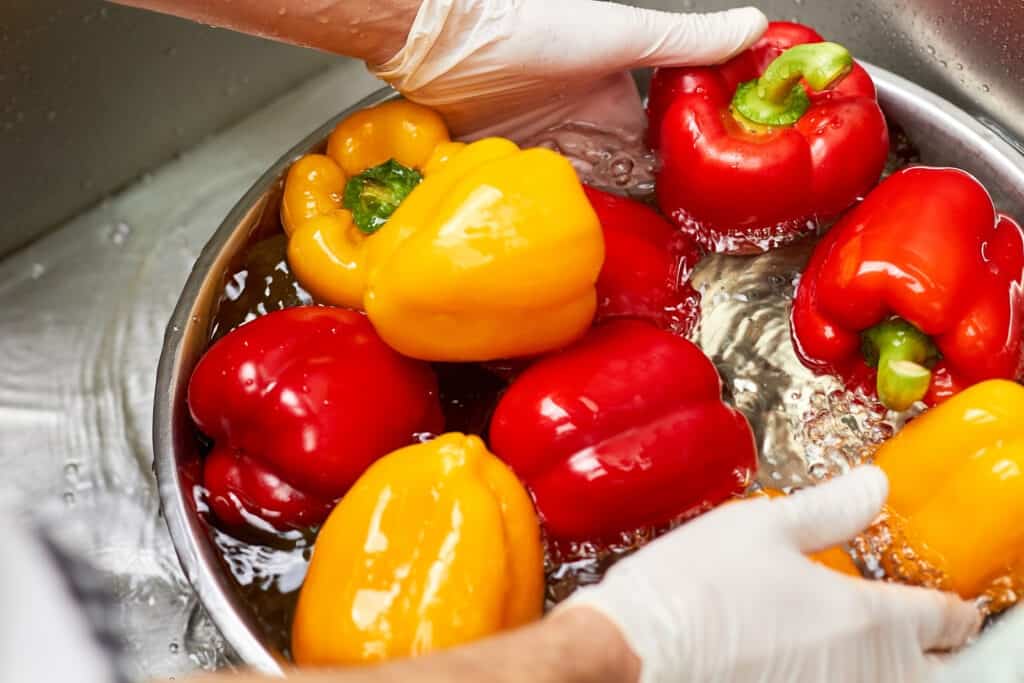
How to Store Sweet Peppers
- Peppers continue to ripen after picking; place peppers in a cool place after harvest or they will over-ripen. Peppers will keep for one to two weeks after harvest at 50° to 60°F (10-15°C) in a moist place.
- Store peppers at 55°F (13°C) for up to two weeks.
- Peppers will keep in the refrigerator if it is not too cold; rinse the fruit with water, pat them dry, and place them in a perforated plastic bag in the crisper section of the refrigerator. (You can purchase perforated plastic bags or make your own by punching 20 holes in a medium-size bag; use a hole punch or sharp object.)
- Peppers should not be stored at temperatures cooler than 45°F (7°C). Peppers stored at temperatures too cool will soften or shrivel and can develop pitting, water-soaked areas, and decay.
- Harvested peppers that have begun to change color will continue to ripen when kept at room temperature for three days. Peppers that haven’t begun to change colors but are at or near full size can be eaten green
- Peppers with blossom end rot or sunscald should be used as soon as possible and should not be stored because they will decay more quickly.
Drying and Freezing Peppers
Hot peppers for drying should be picked when red or orange. Choose only thin-walled peppers for natural drying; thick-walled hot peppers such as jalapeño and serrano will rot before they air dry. (Dry these peppers by smoking.) Air dry hot peppers in a warm place with good air circulation. Peppers can also be dried in a food dryer or on a baking sheet in an oven at 175°F (79°C) maximum.
Sweet and hot peppers can be frozen without blanching first. Freeze or dry any peppers that you can
Extending the Pepper Season
If peppers are not ripe when temperatures grow cool, you can cover plants under plant blankets or clear plastic spread over a frame or hoops. Do this when nighttime temperature dips below 60°F (15°C) or days consistently average less than 70°F (21°C). Like tomatoes, pepper plants can be lifted whole from the garden and hung upside down indoors to continue ripening.
🌶 Peppers Growing Hub
Start here:
- How to Plant and Grow Hot Peppers: A Gardener’s Guide to Spicy Success
- How to Grow Sweet Peppers: A Gardener’s Guide to a Bountiful Harvest
Getting Peppers Started (general prep)
- Seed Starting Peppers: Proven Method for Strong, Healthy Plants
- Soil Preparation for Peppers: The Secret to Strong Roots and Big Harvests
- Best Hot Pepper Varieties to Grow for Salsas, Sauces, and Drying
- Best Sweet Pepper Varieties to Grow
- World’s Hottest Peppers You Can Grow in Your Garden
- The Science of Pepper Heat: Understanding Scoville Units
- Growing Peppers Indoors Under Lights
- Companion Planting with Peppers: Best and Worst Neighbors in the Garden
Planting & Growing Peppers
- When and How to Transplant Pepper Seedlings Outdoors
- 10 Steps to Grow a Bumper Pepper Crops
- How to Grow Hot Peppers in Containers: Tips for Small Spaces
- 7 Tips for Growing Peppers in Pots
- How to Grow Colored Bell Peppers: How to Get Reds, Yellows, and Oranges
- Cross-Breeding Hot Peppers at Home: A Beginner’s Guide
- How to Water & Fertilize Sweet Bell Peppers for Maximum Yield
- Pruning Pepper Plants for Healthier Growth and Bigger Harvests
- Six Tips to Grow Peppers for Flavor
- Pepper Season Extension & Overwintering: How to Keep Plants Producing Longer
Pepper Care & Troubleshooting
- Pepper Pests, Diseases, and Problems—How to Fix Them Naturally
- Caring for Peppers: Mid-Season Problem Cures
- How to Increase the Heat of Hot Peppers Naturally
- Overwintering Pepper Plants Indoors
- How to Overwinter Pepper Plants in Any USDA Zone
Harvesting & Preserving Peppers
- When to Harvest Hot Peppers for Maximum Heat
- How to Harvest Sweet Peppers for the Best Flavor
- How to Preserve Hot Peppers: Drying, Fermenting & Pickling
- How to Ripen Green Peppers Indoors
- Saving Pepper Seeds for Next Year’s Crop
Cooking & Using Peppers
- Preparing and Serving Sweet Peppers – Harvest to Table
- Five Ways to Cook and Serve Chili Peppers
- Stuffed Peppers: Best Varieties for Cooking
- Cooking with Hot Peppers: Flavor & Safety Tips
- How to Handle Hot Peppers Without Burning Your Skin
Books to help you grow:
- Vegetable Garden Almanac & Planner
- Kitchen Garden Grower’s Guide Vegetable Encyclopedia
- Vegetable Garden Grower’s Guide
- Tomato Grower’s Answer Book
More harvest tips:
Learn when and how to harvest your favorite vegetables for the best flavor and texture. Get storage tips for each crop. Click on the vegetable you are growing below.
- Artichoke
- Arugula
- Asparagus
- Beans
- Beets
- Broccoli
- Brussels Sprouts
- Cabbage
- Cantaloupe — Melons
- Carrots
- Cauliflower
- Celery
- Chard
- Collards
- Corn, Sweet
- Cucumbers
- Eggplant
- Endive and Escarole
- Garlic
- Jerusalem Artichoke
- Kale
- Kohlrabi
- Leeks
- Lettuce
- Melons
- Okra
- Onions
- Parsnips
- Peas
- Peppers
- Potatoes
- Pumpkins
- Radicchio
- Rhubarb
- Rutabaga
- Spinach
- Squash, Summer
- Squash, Winter
- Sunchokes
- Sweet Potato
- Swiss Chard
- Tomatillo
- Tomatoes
- Turnips
- Watermelon

